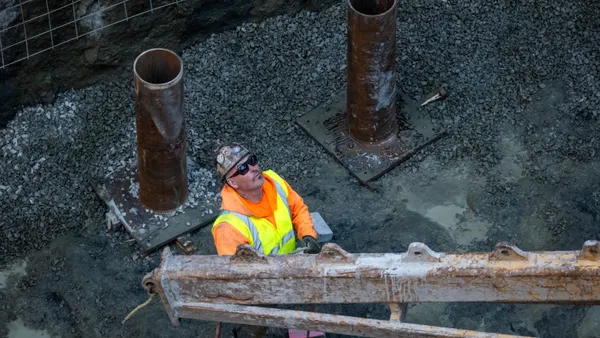Dive Brief:
-
Existing home sales rose 3.2% between August and September to a seasonally adjusted annual rate of 5.47 million, the National Association of Realtors reported Thursday, driven by sales from first-time buyers. Sales are up 0.6% from the same period a year ago.
-
Closings grew in all major U.S. regions in September. The Northeast jumped 5.7% from August to an annual rate of 570,000 sales, on par with the year-earlier period. The Midwest and West saw modest monthly gains and are tracking slightly above the same point last year. The South inched 0.9% up from August but is about that much off pace with last year.
-
The median existing home price in September was $234,000, which is 5.6% higher than it was in September 2015. This is the 55th-consecutive month of year-over-year home-price increases.
Dive Insight:
First-time buyers drove September’s steady comeback, the NAR reported, accounting for a 34% share of sales – the largest in more than four years. Existing inventory is lengthening the home-search timeline, but NAR Chief Economist Lawrence Yun noted that move-up and other buyers exit the market around the end of the summer in anticipation of the new school year beginning, making room for first-time buyers to find and close on the already-limited inventory.
A report out earlier this week from real-estate listing website Zillow echoed these claims, finding that the average home search today takes 4.2 months and that fewer than half of buyers get the first home they put an offer down on. A bright spot for builders, however, is that a larger share of new home buyers are doing so for the first time, with limited existing inventory opening up potential for new construction activity. A Realtor.com report released on Monday found that individuals between the ages of 25 to 34 made up one-third of all homebuyers in September.
Earlier this month, economists from Realtor.com and the National Association of Homebuilders told Construction Dive that although this group faces student loan debt, limited wage growth and ever-rising rents, they were beginning to see the value of building equity in a home and were facing life events such as marriage and children that has historically turned renters into homeowners.













